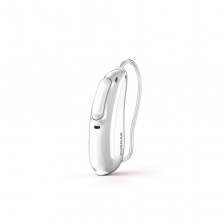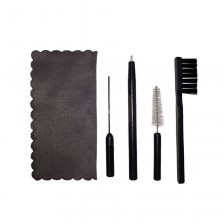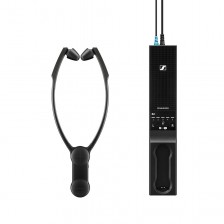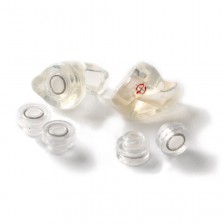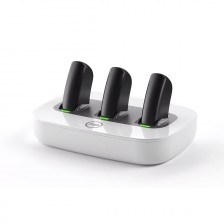How do I communicate with my hearing-impaired baby?

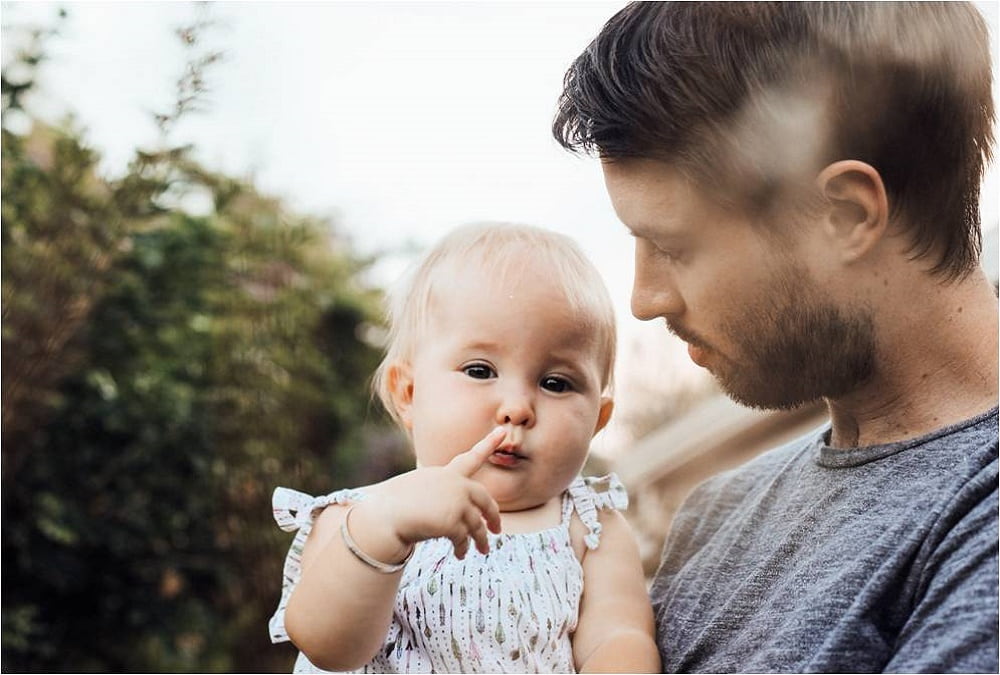
Every year 2,500 babies with a hearing impairment are born in Spain. Early diagnosis is the key to finding the best technological solution for the child but, at no time, should we leave communication aside. He also needs to learn to communicate with others, in order to contribute to his intellectual and social development.
First of all, let us tell you that we understand your doubts and we want to clear them. It is normal that you want to do your best and we already know that you will. Today we want to share with you some recommendations for auditory-verbal stimulation with your child. It's a new stage, a challenge for both, baby and parents, but if it's done naturally, you'll notice the results.
In some cases, hearing aids, and other solutions such as cochlear implantation and learning sign language, take a few months, but in the meantime, auditory-verbal stimulation without sign language can be started to maintain communication.
- As expressive as possible: this is how we will show ourselves with them, through gestures, smiles or with the gaze that, as we will see now, is essential for their development. Children with hearing loss receive information from their environment through what they see. If you are enjoying the moment of bathing with your child, it reflects how happy it is for you to share this moment. In this way, he will also be able to perceive emotions.
- Vocalization: if the child is already wearing hearing aids it may seem that it is not necessary, but do not forget that a child must learn to listen. Vocalizing correctly will help you decipher even the lowest sound.
- Practice alternating your gaze: it is advisable not to tell him something while he looks at something else and we'll give you an example. Suppose you show him a teddy bear. Let him enjoy this moment and discover what it is. Just wait until he finish looking at teddy to tell him more about this new friend. Do it in any situation, and then, the complete message will reaches him.
- Physical eye contact: either to get your child's attention or to maintain communication, touching your child's shoulder, arm, or leg gently, the child will learn that you want to communicate with him.
- Establish routines: no matter how small, maintain habits of situations and schedules in the day to day This will allow you being more relaxed.
- And enjoy: because it is the key to success. You find so complicated now, and it is, but when you put it into practice, you will discover that you can achieve it and the communication with your baby can become a reality.
These tips are recommended, especially for younger babies. As we believe, we must adapt our communication guidelines and that is precisely what we will see in the next articles. Thus, by answering questions such as, can the simultaneous teaching of sign and oral languages be maintained? We can advance something about this topic: in a study published in 2017 by the American Academy of Pediatrics and a shipment of Ann Geers was discovered that “children without exposure in sign language achieved a better recognition and use of speech during the first years after implantation.”
Goodbye to frustration
Do you remember your first feeling when you discovered that your baby could not hear? At that time, you thought it would be very difficult to communicate with him but, thanks to tips like the ones we tell you today, you know that it is not impossible.
Stages of development
Starting communication soon allows the baby to go through all stages. After the first months, new challenges will come for them, but first they must have assimilated the essentials.
Encourage your bond with your baby
And in addition, you have maintained and reinforced your feelings towards him. Now, both your child and you have a whole world to discover but discovering it together is the best thing that could happen to you.


